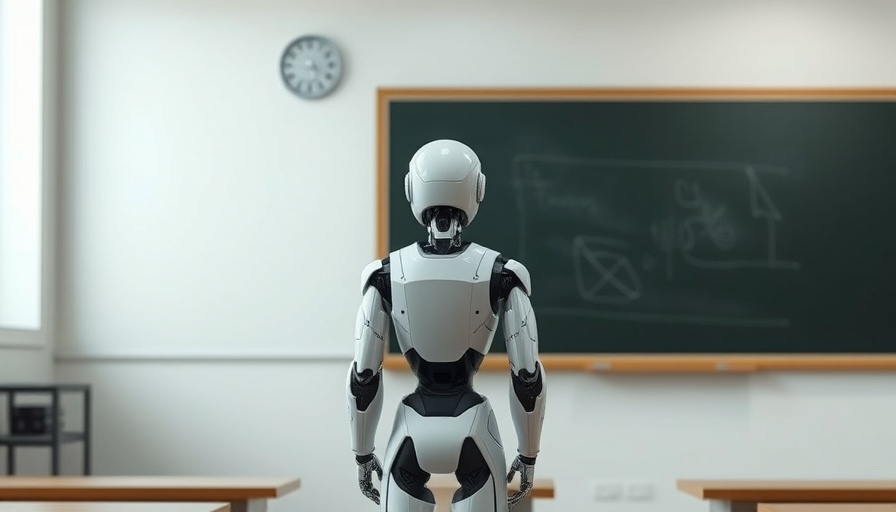
AI Chatbots vs. Human Educators: A Modern Dilemma
The educational landscape is rapidly transforming with the advent of AI chatbots, which are increasingly sophisticated and capable of handling various tasks traditionally performed by human educators. Yet, as we explore how AI chatbots compare to human educators, it becomes clear that both entities possess unique strengths and limitations that play pivotal roles in the classroom.
Understanding Empathy: Human Touch in Education
One fundamental area where human educators excel is empathy. AI chatbots, despite advancements in programming, lack the ability to genuinely feel emotions. They may simulate caring responses, but they cannot offer the comforting presence a human teacher provides, especially to young children during emotional moments. This emotional connection is critical in nurturing student well-being and development.
Natural Language Processing: The Language of Learning
Natural Language Processing (NLP) has significantly advanced, enabling machines to communicate in ways that approximate human speech. While chatbots can effectively understand and generate text, they sometimes produce errors that can lead to misunderstandings in educational contexts. Human educators, equipped with experiential knowledge, can navigate these nuances, ensuring clarity in communication and fostering a supportive learning environment.
Personalization: Tailoring Education to Individual Needs
AI chatbots shine in their ability to analyze student data and provide personalized learning experiences quickly. They can adapt lessons based on individual performance, offering immediate feedback and resources. However, this data-driven approach lacks the deeper understanding that human teachers develop over time. A teacher's insights into a student's personal background and emotional state often lead to more effective and holistic educational support.
Availability: The 24/7 Tutor
One clear advantage of AI chatbots is their constant availability. Unlike human teachers who require breaks and rest, chatbots can provide assistance around the clock, catering to the needs of students at any hour. This accessibility can facilitate learning outside the traditional classroom environment, offering opportunities for additional help and resources as needed.
The Balancing Act: Maximizing Strengths for Education's Future
While AI chatbots bring innovative approaches to education, they cannot fully replace human educators. Instead, merging the efficiency of AI with the empathy and emotional intelligence of teachers may yield the best outcomes for students. As technology continues to evolve, educators must adapt, leveraging AI tools to enhance their teaching methods while continuously emphasizing the irreplaceable human aspects of education.
In conclusion, understanding the strengths and limitations of both AI chatbots and human educators is vital as we navigate this new educational terrain. By harnessing the capabilities of technology while prioritizing human connection, we can create a more effective and compassionate learning environment for all students.
 Add Row
Add Row  Add
Add 




Write A Comment